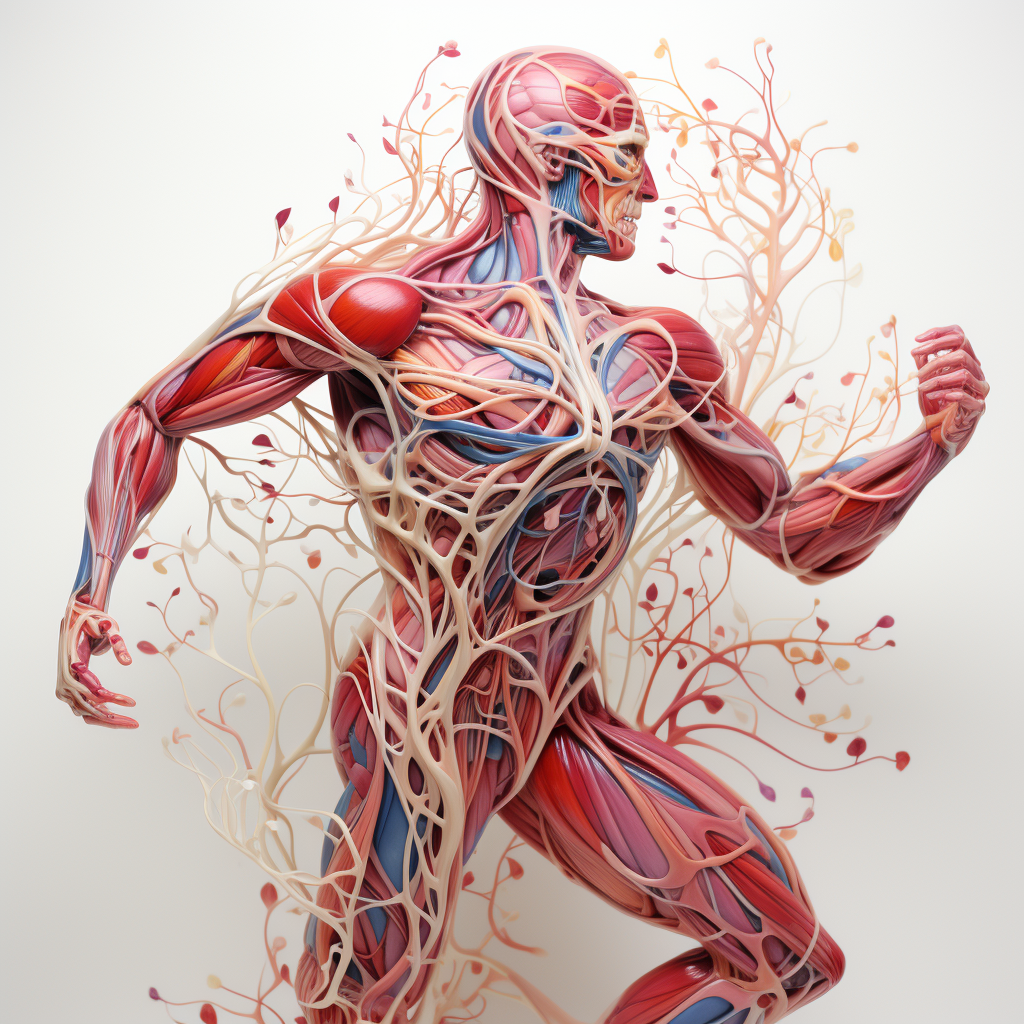Introduction
One common weight loss narrative that has gained significant traction in recent times proposes that weight loss is almost entirely dependent on fasting, with exercise playing a marginal role, if any. This idea stems from a few key premises: that exercise is more efficient for maintaining and increasing energy, building muscle, and toning the body, but it is not as effective in burning fat. While this concept is partly accurate, it lacks a comprehensive understanding of the intricate role that both fasting and exercise play in a balanced weight loss strategy.
Fasting and Caloric Deficit
Fasting, or restricting one’s eating window, can indeed create a caloric deficit which is a critical factor in weight loss. When you consume fewer calories than your body expends, it turns to its energy reserves for sustenance. These reserves are predominantly fat stores, thus resulting in weight loss.
However, the role of fasting in weight loss is much more nuanced than simply skipping meals. Different fasting protocols like intermittent fasting, alternate-day fasting, or prolonged fasting can yield varying results depending on individual metabolic responses, health status, and adherence to the diet.
One common pitfall of fasting is the risk of overeating during non-fasting periods, negating the caloric deficit achieved. Therefore, it’s important to pair fasting with mindful eating habits to maintain a consistent caloric deficit.
Exercise and Energy Expenditure
The claim that exercise does not significantly contribute to fat loss may need reconsideration. While it is true that a single bout of exercise, like running or swimming, doesn’t burn a tremendous amount of calories – often less than the number found in a simple fast food meal – exercise has multiple long-term benefits that significantly impact weight loss and overall health.
Exercise, especially resistance and high-intensity interval training, can increase muscle mass. Muscles are metabolically more active than fat tissue, meaning they burn more calories at rest. This increase in muscle mass can elevate your resting metabolic rate, increasing the number of calories you burn throughout the day, even when you’re not exercising.
Exercise also plays a pivotal role in preventing the loss of muscle mass that often accompanies weight loss. Preserving lean mass can prevent a decrease in metabolic rate, which is a common obstacle in weight loss efforts.
The Synergistic Approach
While both fasting and exercise can independently contribute to weight loss, their combination yields the most sustainable and healthy results. This synergistic approach not only optimizes weight loss but also improves various markers of metabolic health, cardiovascular fitness, and mental wellbeing.
Implementing a balanced approach of a nutritionally complete, calorie-restricted diet combined with regular physical activity is the gold standard for weight loss. Both elements work together to create a calorie deficit while maintaining muscle mass and keeping your metabolism robust.
Fasting can be an effective tool in weight loss, but it should not be seen as a standalone solution. Exercise may not burn fat as quickly as some may hope, but it provides vital benefits for long-term weight management and overall health.
In conclusion, a black-and-white view of fasting and exercise in weight loss is an oversimplification. Weight loss is multifaceted, and different strategies work for different individuals. Fasting and exercise, along with other factors like sleep, stress management, and dietary quality, all contribute to a successful and sustainable weight loss journey.
Adding Testimonial:
Testimonies from individuals who have found success through specific methods are always insightful. One such testimony comes from Di Tran, author of the books “Drop the ME and focus on the others” and the newly released “Guiding Lights: A Journey of Courage, Compassion and Faith“.
Di Tran has been an active individual, working out almost daily for two decades. However, he didn’t observe any substantial changes in his physique nor achieved the coveted six-pack abs throughout these years. This altered dramatically in 2022 when he adopted a unique dietary shift – fasting and living on a single meal a day, supplemented by coffee for most of the day.
Maintaining the same workout routine as before, Tran noticed significant changes within seven months. His fat levels decreased noticeably, and for the first time, his six-pack abs began to manifest. Veins started appearing on his arms and legs, indicating a decrease in subcutaneous fat.
More than the physical transformation, Tran reported a remarkable enhancement in mental clarity at 41 years of age. He attributed this improvement to the significant decrease in his sugar and caloric intake. The low intake encouraged his body to metabolize glucose from liver and muscle glycogen stores and eventually burn body fat for energy. Tran mentioned he became “addicted” to this newfound body state and also appreciated the reduction in food costs.
Di Tran’s experience is a powerful testament to the effectiveness of combining fasting with consistent exercise. However, it’s important to remember that this is an individual experience, and responses to fasting and exercise can vary widely. Always consider consulting with a healthcare professional before making significant changes to your dietary or exercise routines. Di’s journey, nevertheless, does serve as an inspiring story of the potential benefits of a well-managed fasting and exercise regimen.



